Glossary
The most complete and updated glossary of online learning terms, browse our eLearning glossary to know all the technical terms of the eLearning industry.
A
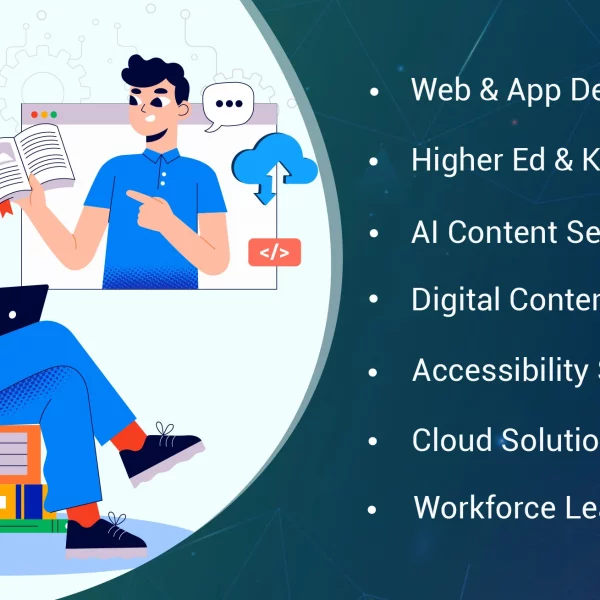
Asynchronous Learning
Asynchronous Learning: In the realm of digital education, asynchronous learning refers to self-paced learning experiences where interaction doesn’t happen in real-time. Learners can access materials,

Authoring Tool
An Authoring Tool is a software application that allows users, often without extensive programming knowledge, to create and manage digital content. These tools streamline the

Assessment
The method of evaluating a learner’s knowledge and skills. It is generally a test given at the completion of a learning milestone and is based on a set of objectives.

AICC
It was launched in 1993 as a CD-ROM software. Importantly, it was the precursor to SCORM and needed a series of steps before material based on the standard could be prepared to operate on LMS.

ADL (Advanced Distributed Learning)
In addition, the initiative aims to standardise content and technologies across all organisations. Some examples of this initiative include SCORM and xAPI.

ADDIE
This acronym encapsulates the five stages of development: analysis, design, development, implementation, and evaluation. This framework is adopted by online course creators to build successful training material.
B

Branching Navigation
Branhing navigation is a type of technology that requires learners to adapt and take control of the learning outcome. Under this method, the learners are exposed to different solutions. It is a practical-oriented learning method.

Bring Your Own Device (BYOD)
It is a policy that permits students to utilise their computer, phone, or tablet during online classes. Moreover, advanced LMS platforms are mobile-friendly and may be accessed from a variety of devices.

Bespoke Content
“Bespoke content” refers to content that is specifically designed with the audience’s profile and behaviour in mind. This content is audience-oriented and aims at holding the interest of the target audience for longer.

Business Analysis
Business analysis is articulating an entity on different parameters to understand the workflow and make strategic decisions. Business analysts strive to define and plan solutions that will maximise the outcome and deliver value to stakeholders and the business at large.
C

CRM (Customer Relationship Management)
All contacts and relationships between your business and current and potential customers are managed by a customer relationship management system. CRM aids in increasing profitability and preserving a high client retention rate. LMS and CRM are important. To enhance the CRM and provide the greatest service to customers and prospects, the staff must be trained via an LMS.

Competency based learning
The learning style known as competency-based learning is one that institutions employ to help students develop their competences and skills. The demonstration of learning outcomes is the main focus of the learning model.

Competency model
A competency model is a collection of abilities and talents that must execute the task given with exceptional accuracy.

Competency
A person’s necessary knowledge, talents, and other qualities in order to carry out a task effectively and accurately.

Compliance Training
Compliance training is instruction that introduces one to the different frameworks, rules, laws, and regulations governing an entity or an organization.

Cloud Hosting
The downtime of your website or application can be decreased with the help of a proper and reliable cloud hosting. It operates across numerous servers, data centers, and nations. A cloud-based hosting solution is crucial for the operation of numerous, large websites. With cloud hosting, your website’s speed is guaranteed to be good regardless of the location or capacity of a single computer.
D

Digital Engineering
The process of developing and delivering new apps is known as digital engineering. Digital engineering uses data and technology to make enhancements to applications—or even completely new solutions—by encompassing the methodology, utility, and process of developing new digital goods from beginning to end.

Digital Content Solutions
A collection of specialized services that are focused on you and your business to guarantee improved discoverability, dynamic digital display, safe content protection, and organization promotion.
Digital Content Transformation
Digital transformation involves integrating technology into every aspect of your organization, substantially altering how you run things and provide value to your clients. Sadly, it’s also a culture shift that necessitates constant status quo challenge, experimentation, and comfort with failure on the part of organizations.

Digitisation, Digitalisation and Digital Transformation
Digitization is simply the process of converting analog assets to digital assets. To create online learning media, which is frequently kept in an LMS, in the context of learning, one frequently uses paper-based training materials or face-to-face classroom delivery.
The strategic application of digital tools to enhance corporate procedures is known as digitalization. For instance, this could involve analyzing team or employee data in a performance management system (or even simply a spreadsheet) to find areas where training materials need to be improved or skills shortages need to be filled. A business model could also alter as a result of digitalization; for instance, a physical goods store could transition to e-commerce or a training organization could start providing courses online.
The biggest strategic shift, as orchestrated by the top management, is digital transformation. A number of long-term, closely coordinated digitization projects may need to overlap and communicate with one another.
An organization’s ability to uncover new efficiencies, adopt cutting-edge technology, and alter organizational culture can all be made possible by digital transformation.
E

E-commerce Solutions
E-commerce solutions are names for the products and services that help online businesses expand and run smoothly. It addresses software for building websites, online platforms for building websites, tools for building mobile apps, and e-commerce platforms.

Employee Training
Workforce training is sometimes used to refer to the process of teaching employees of a company compliance, soft skills linked to their jobs, and product expertise. It is a part of learning and development for an organization, and most businesses will require an LMS to facilitate this process.

eLearning Standards
These are the principles and standards that are relevant to eLearning. These standards include SCORM and xAPI, often known as Experience API. These standards provide interoperability between your LMS and your content.

Extended Enterprise
An extended enterprise is a company that needs to train its franchisees, outside service providers, brokers, and supply chain. By creating learning portals inside your LMS that are customized for each type of audience, such training can be approached deliberately and successfully.

e-Learning
The term “electronic learning” is referred to as “e-learning.” The practice of installing training software from a CD-ROM on a desktop computer is where the phrase, also known as digital learning, first appeared.
Today, however, the term “e-learning” is commonly used to describe access to online and mobile learning from anywhere at any time.
F

Flash
Adobe Flash technology has facilitated the delivery of multimedia content for almost 20 years. Flash technology is essential to the eLearning formats SCORM, xAPI (Tin Can), and video. The demise of Flash technology, which Adobe will stop supporting in 2020, is worrying for individuals who work in the eLearning industry for a number of reasons. Despite the fact that this move away from Flash may increase expenses and complexity for eLearning professionals, LearnUpon offers their customers a variety of alternatives, including support for HTML5 content delivery.
Feedback
Feedback might be given to a student as they progress through a course, an exam, or an assignment in an LMS. Feedback can come in a variety of formats, such as telling the learner if the response they provided was accurate or incorrect or showing accurate responses after submission.
FAQ (Frequently Asked Questions)
A list of the most common queries from students was provided in order to address common issues. Without contacting the supplier directly, students can find the relevant information under the FAQs.
G

Gamification
This expression relates to player incentive ideas, such as rewards, to raise student participation. As gamification elements in training, the learners’ scores may be shown to them so they could compare their performance to that of other participants. Other gamification elements include medals and badges, which are awarded after actions are complete.
Training can employ gamification strategies for motivating without the use of games to teach.

Game-Based Learning
Game-based learning is the use of games to deliver educational experiences. It is necessary to provide a user-friendly learning environment so that individuals can advance through rewarding, fruitful learning opportunities.
H

Higher Education Solutions
Higher education services include college, career and technical training, adult community and further education, and other post-compulsory education and training. Technical and further education (TAFE) is a type of higher education.
I

Interactive Content
Content drafted by combining various interactive elements such as ppt, videos, audio, and pdf, the quiz is interactive content. One of the greatest advantages of interactive content is that it encourages active participation from the learners. Content creators take considerable efforts to design interactive content and enhance the learning experience of a learner.
Interactive Video
Interactive videos are one of the most wide methods to provide sufficient information to learners. The interactive video makes the content more interesting and offers an immersive experience to the learners.
Interactive Learning
Interactive learning is one of the most advanced and interesting learning methodologies that involve a learner and provide them with an enhanced e-learning experience. It goes beyond the conventional Click-next technique. It is more interactive and focuses on information processing and the learner’s mindset.

Instructional Design
The instructional design process blends learning psychology and technology to create engaging and effective training materials. Multimedia options like video and games-based learning principles are now essential in instructional design, making the learning experience enjoyable and effective for learners.
J
K
K-12 Solutions
K–12 learning solutions describe course materials for students in kindergarten to grade 12. Children in elementary, middle, and high schools are taught using this material. K-12 learning solutions in the digital age typically include online learning resources that are extensively used to navigate classroom instruction.
L
Learning Management System (LMS)
Learning Management System will help in hosting and tracking content digitally to reach out maximum users globally, which tutors alot to their learners.

Learning Technology Services
LTS also known as Learning Technology Services will help graduate students as well as Faculties who are interested in using latest technology for support and implement new techniques. This system will enhance the teaching and research methodologies.

LMS Integration
LMS integration allows other LMS systems to connect without any problems and it also enables embedding content from different systems so that it makes it easy for the users to login to your LMS with the help of their system credentials.

LMS Administrator
A LMS Administrator offers technical support and troubleshooting if any issue arises. It also helps in providing technical know how to others on how to become administrators of the LMS system.
Learning Experience
Elearning takes place through an online LMS platforms where users can interatct, execute courses.
Learning and Development
Almost every company uses a learning and development strategy to boost morale and execute new policies in the organization. It also helps in enhancing knowledge and skills. This reduces the professional gaps and introduces new areas of improvement and to remove those gaps new strategies will be implemented
M
MOOC (Massive Open Online Course)
Massive open online course will give open acces through web system and it will help in boosting unlimited participation. This system is more focused on academic training and education.
Multimedia Learning
Multimedia Learning is basically based on the cognitive theory which works on three assumptions. Audio and visuals are the two distinct channels to process all the information. The channels are limited to capacity and involve filtering, selecting, organization and execution of information.
Moodle (Modular Object-Oriented Dynamic Learning Environment)
Moodle or Modular Object oriented Dynamic learning environment is an educational purpose open source learning platform. This platform can be easily customized. Although it is very expensive to maintain but when compared to other LMS it is cheaper.
Module
Modules are the basic outline around which course content is built. A module can include a video, SCORM form, document, survey, key topics, etc.
Multi-tenancy LMS
A multi-tenancy learning management system (LMS) is a software platform that enables multiple organizations or tenants to use a single LMS instance to manage and deliver their learning and training programs.
In a multi-tenancy LMS, each tenant has its own dedicated workspace, which is isolated from other tenants. This workspace typically includes its own set of users, courses, assignments, assessments, and reporting capabilities.
Mobile Learning (M-Learning)
Mobile learning is making training and learning material available to leaners on Mobile. Mobile learning enhances the learning experience more interesting and engaging. Mobile learning is specifically designed for small screen sizes such as tabs and mobile phones. Mobile learning modules are packed with great multimedia graphics and videos.
N
Next Generation Digital Learning Environment (NGDLE)
The Next Generation Digital Learning Environment (NGDLE) is a term used to describe the future of online learning environments that incorporate the latest technological innovations to enhance the student learning experience. The objective of NGDLE is to provide a comprehensive, interactive, and immersive learning experience to learners. It aims to create a cohesive learning eco system with a single sign-on. NGDLE aims at providing students with more opportunities through collaborations, associations, and immersive learning. It also keeps a constant track of student’s development with regular assessments, tests, and effective communication.
O
Outcomes
An outcome specifies the information or skills that students should obtain from engaging with course content. Whereas course objectives are the final outcome or the result that the instructors aim at achieving post the completion of the course.

Open Source Software
Open source software is software whose codes are available publicly for use, development, and understanding of the software. Moodle is an excellent example of open-source software. It is widely used in e-learning universities to help students grasp the intricacies of software and coding.

Online Learning
Online learning is the learning that takes place over the internet. It can be via an LMS or online media or webinar.
Online Courses
Online courses are the class sessions and modules that are learned via an LMS online. They can be also given through webinars and live online classes.
Online Assessment
This is a type of assessment that sometimes appear in the form of an assignment, a test, a quiz, a survey, or a questionnaire.
Onboarding
Onboarding is the process of introducing a new employee, student, or associate to the organization. Onboarding involves familiarizing one with the company policies, terms, rules as well as business offerings.
P

Prepress Service
A digital file is prepared for final printing through the prepress service process in the printing industry. The creation of design and layout, picture editing, color correction, file format conversion, proofreading, and final checks are just a few of the responsibilities involved in making sure the print-ready file complies with the necessary technical requirements and quality standards. Prepress services are intended to guarantee that the final printed product is accurate and up to the client’s standards.

Problem Based Learning
In this form of learner-centered instruction, students are given a task to solve. By resolving the current issue, the students get fresh perspectives and information.

Podcast
A collection of largely spoken audio that has been digitally formatted so that people can download it and listen to it on their devices. Additionally, there are podcasts that are broadcast live, allowing viewers to tune in and hear the numerous topics under discussion. These podcasts cover a wide range of subjects that relate to many different facets of life.

Partner Training
Partner training, also referred to as reseller training, provides partners with the resources they need to succeed. It can come in the form of marketing guidance, sales and product training, or support training.
Predictive Analytics
Leading contemporary learning management systems can assist in the identification of possible training needs for specific individuals or groups by using learner data. Platforms for adaptive learning systems and learning experiences are built on predictive analytics.

Performance Management System
A performance management system helps in monitoring the performance of the employees and setting up KPIs and employees’ personal targets. A PMS will assist and support organisations towards achieving their goals and objectives in the long run. A good PMS provides a management dashboard for the Learning & development and HR teams to identify issues and also provides support system to everyone.
Q

Question Pool
A question pool is nothing but a question bank made using study and learning resources to help students prepare for their exams. Question pools are reusable.
R

Robotic Process Automation
Robotic Process Automation (RPA) refers to a technology that automates repetitive, routine, and high-volume tasks that were previously handled by humans. Typically, RPA utilizes software robots, also known as bots, to perform tasks such as data entry, process transactions, and interact with multiple systems and applications. The primary objective of RPA is to increase operational efficiency, minimize errors, and reduce operational costs. Its potential applications span across a variety of industries and departments, including finance, human resources, customer service, and procurement. RPA is designed to complement, not substitute, human workers, enabling them to focus on higher-value tasks.

REST API
API refers to the general set of protocols that allow various software to communicate data with one another. The Application Program Interface is significant and widely used. The RESTful API is representation state transfer. It is a subset of API and deals with handling HTTP requests and web applications.
S

Story-Based Learning
An instructional framework that uses storytelling to help students envision and better understand the material being given. Similar to scenario-based training, this methodology focuses on helping learners map out a journey in their minds rather than just having them imagine a circumstance.

Social Learning
Sharing learning experiences fosters interaction between students in social learning. Using commenting features, social media postings, instant messages, forums, wikis, video chats, and other features that can typically be connected with modern LMS, e-Learning can contain social elements. Virtual communities can also be created to exchange ideas, information, and fresh contributions.

Skill Gap Analysis
A person’s skills are compared to those needed for the job they have been assigned to or will be assigned to in a skill gap analysis.

Simulation
A highly developed and interactive computer program that enables users to take on different roles in a virtual setting Users can be trained using simulations in a risk-free setting.

Synchronous Learning
In this situation, every learner is receiving instruction at the same time. The teacher oversees the entire process and is available to address any queries or criticisms that may come up. Also, the students get to collaborate and exchange ideas.

Self-Paced Learning
The learner in this paradigm selects their chosen learning periods and progresses through their courses at their own pace. It isn’t organized.
T

Training Management System (TMS)
Software used to organize and deliver training content and manage schedules and records. While a learning management system (LMS) focuses mostly on eLearning management, a training management system focuses chiefly on instructor-led training (ILT).

Training And Development
Company activities targeted at improving employees’ job performance. Training and development takes a production-centered and focuses on developing employees’ technical skills, whereas learning and development also takes a person-centered and problem-solving approach to human resource development (HRD).

Testing
Testing is one of the most crucial processes. It involves checking a system or a component in order to find if it meets the specified requirement. The element is evaluated during testing. It is one of the most important processes in software development. It helps one to identify bugs, flaws and issues in the product developed Testing can be of different types such as integration testing, unit testing, automated testing, etc. It is essential to list down the testing objectives before commencing testing. The objective of testing should be to evaluate the product and find out its reliability, and quality, and reduce the risk of failure.

Talent Management System
A software suite that offers a solution for recruitment, performance management, compensation management and learning and development. It is commonly used by human resources (HR) professionals to hire and retain talent.
U

UI (User Interface)
The user interface is the means by which the user and a computer system interact. In particular, it refers to the use of input devices and software.
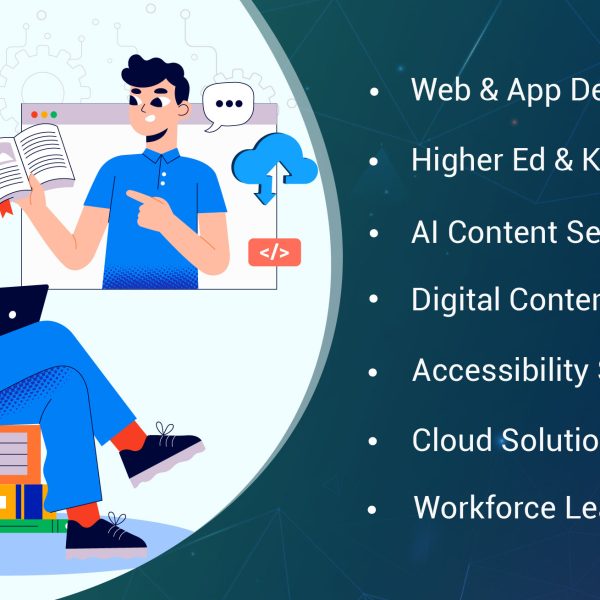
UX (User Experience)
User experience refers to an individual’s reaction to the use of a particular product, system or service. It generally describes the emotional reaction to the use of the system mainly in light of its ease of use or the satisfaction it provides.
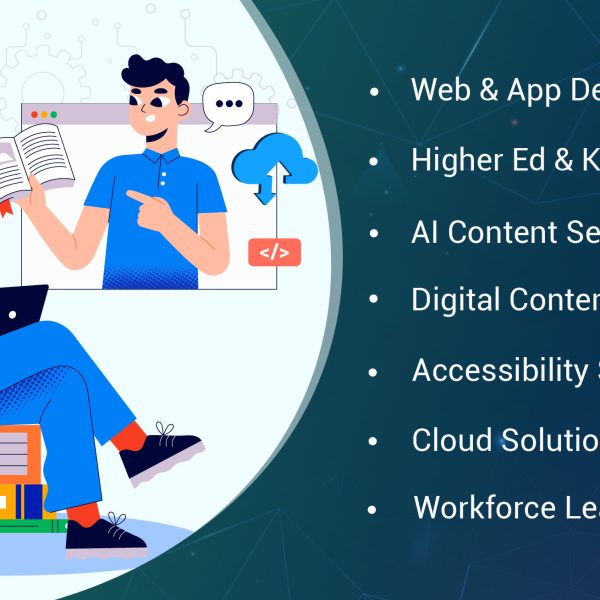
URL (Uniform Resource Locator)
A URL is informally known as a web address. If you are using a web-based LMS, you will usually be given a sub-domain such as companyname.learnupon.com.
V
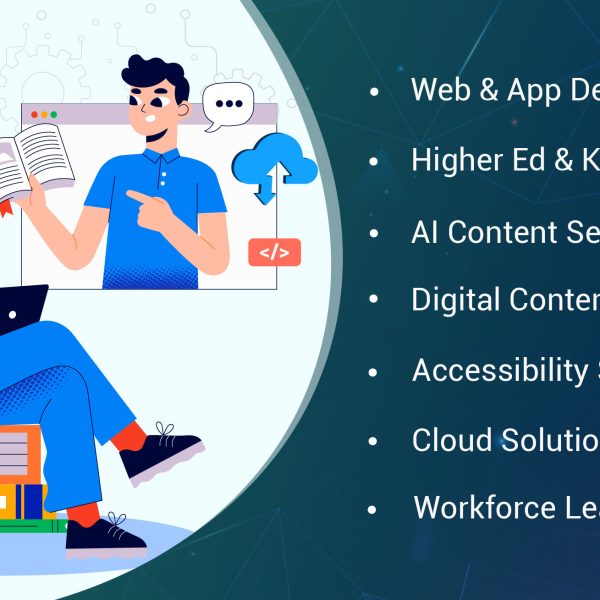
Video-Based Learning
Video-based learning refers to a form of education in which video content is used as the primary medium for teaching and learning. This approach is widely used in various educational contexts, including K-12 schools, higher education, and professional development. Video-based learning can take many forms, such as recorded lectures, video tutorials, and educational documentaries. It is often favored by educators and learners because it provides a visual and interactive experience that can engage learners and enhance their understanding of the subject matter.
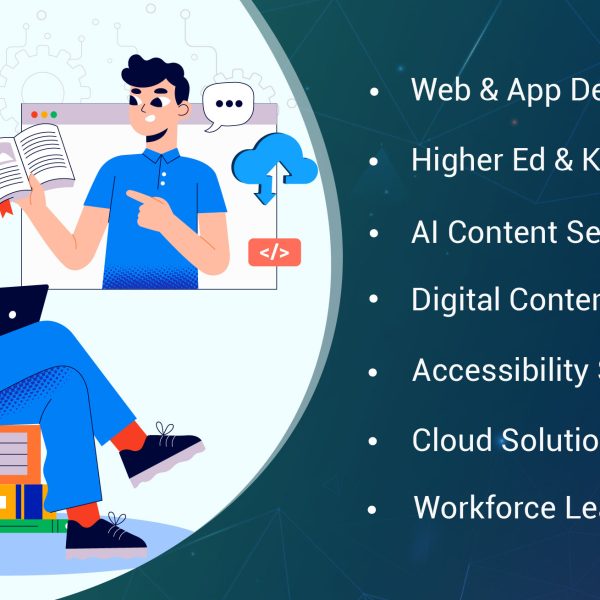
Validated Learning Management System (VLMS)
Validated Learning Management System (VLMS) is a type of learning management system that incorporates validated learning principles into the design of the system. VLMS is specifically designed to facilitate a continuous cycle of learning, testing, and refinement. This approach allows educators and administrators to continuously improve the learning experience for students by collecting and analyzing data to make data-driven decisions.
W
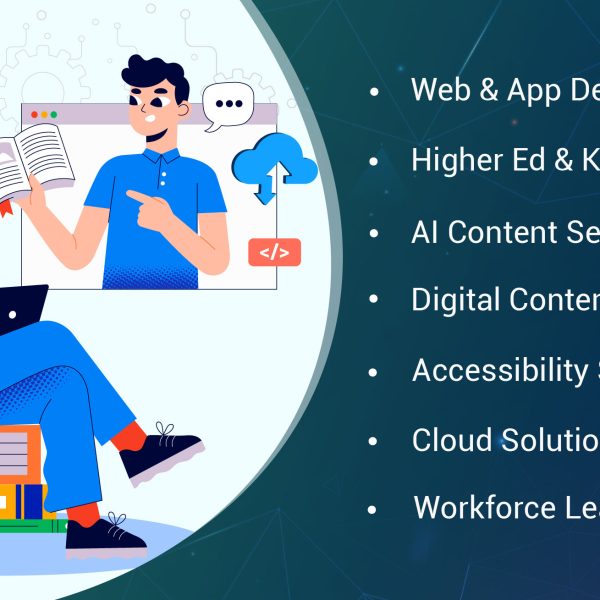
White-Labelling
White labeling helps you to remove the LMS branding. It enables an organization to present the LMS learning platform as its own. One can personalize the LMS with white labeling.
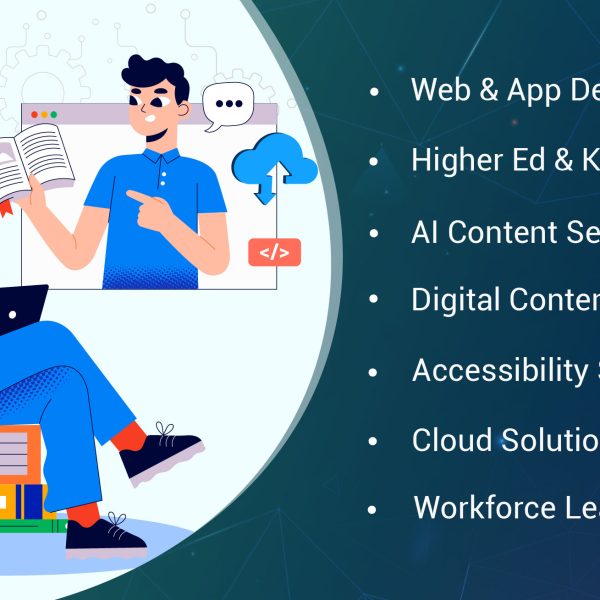
Workplace Training
Workplace training is the learning method used to train employees and help them acquire the required skill set while they are working. It also covers off-the-job and on-the-job assessments. The workplace training must be well-planned and backed with definite objectives.
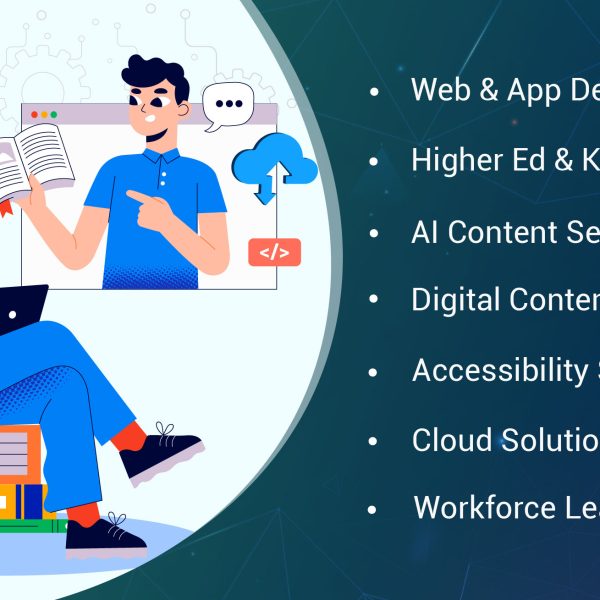
Web-Based Training (WBT)
Web-based training is the advanced training method where learning material is shared on a learning platform or via a website. Web-based training does not require any software installation.
X
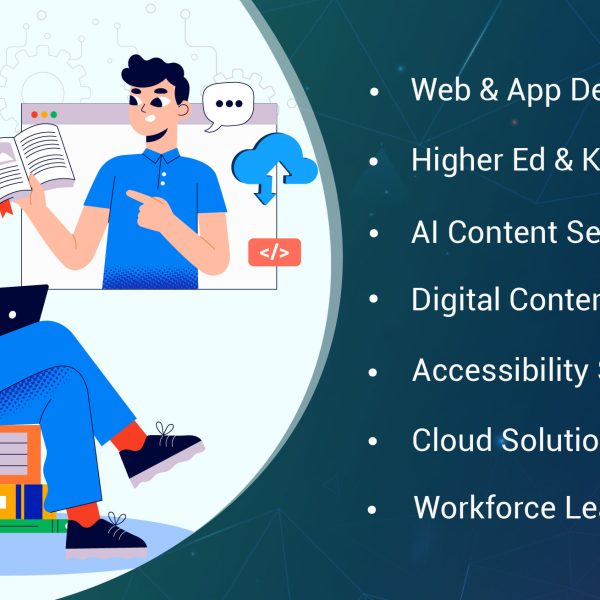
XML (Extensible Markup Language)
XML (Extensible Markup Language) is a markup language that allows for the creation of custom tags for data transfer between computer systems, providing both human-readable and machine-readable format.
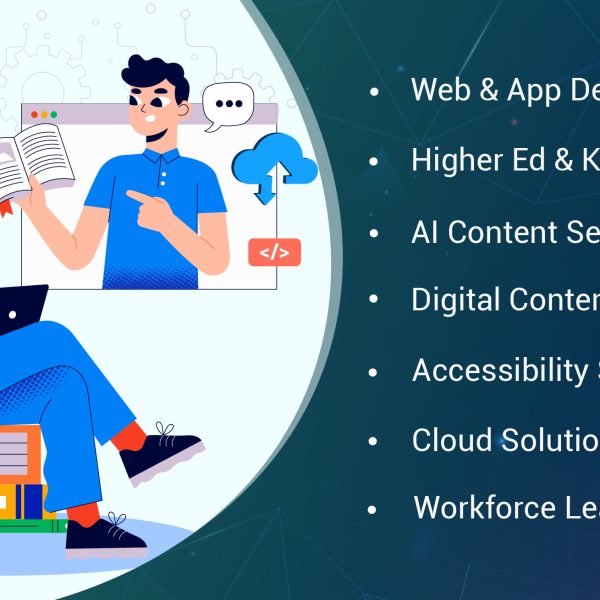
xAPI (also Experience API or Tin Can)
The Experience API (xAPI), also known as Tin Can, represents a significant advancement in the field of learning technology, building on the foundation laid by SCORM. By enabling the exchange of information between learning content and learning management systems (LMS), xAPI facilitates the tracking of a broad range of learning activities and data. Unlike SCORM, which is primarily focused on online learning, xAPI can track a diverse range of learning experiences, both online and offline, providing a more comprehensive view of learning progress. Additionally, xAPI redefines some of the fundamental practices for tracking learning experiences, enabling greater flexibility and customization.
Y
Z
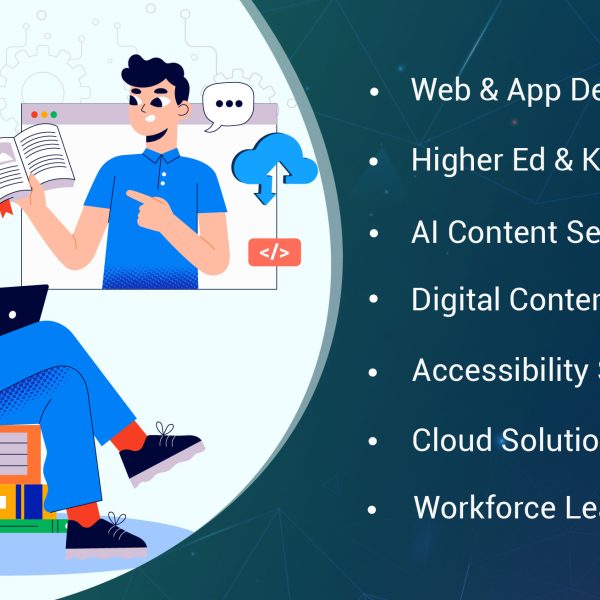
ZPD (Zone of Proximal Development)
ZPD (Zone of proximal Development) was developed by the renowned soviet psychologist Lev Vygotsky. The theory helps one examine the learner’s capability to achieve independently.




